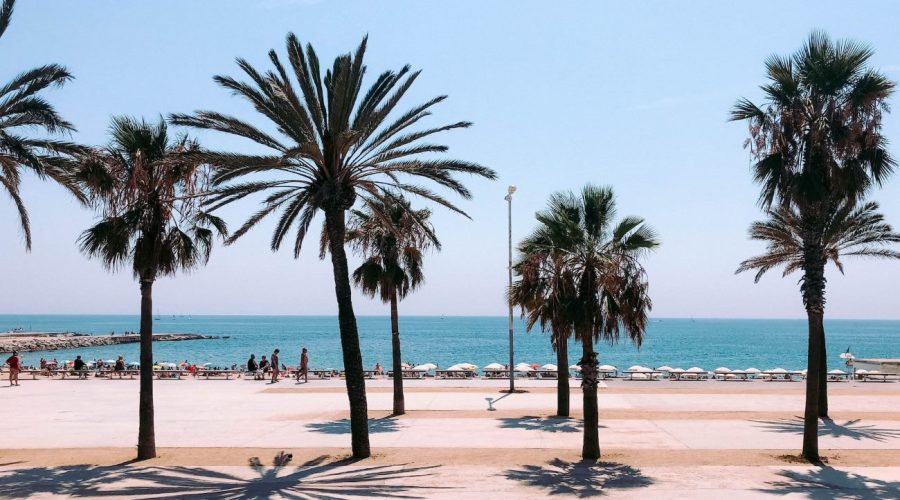Difference Between S-Bahn and U-Bahn
Introduction
When arriving in a big city with elaborate public transit system, it’s crucial for you to know all the different types of transportation which is supplied by public transit. In a lot of cities, S-Bahn and U-Bahn are also popular. They both are efficient mode of transportation, but there some slight differences that you should know. This article is to explain the differences between the S-Bahn and U-Bahn system.
S-Bahn
The S-Bahn which is short for Stadtschnellbahn, is a rapid transit railway system commonly used in cities bigger than Dresden. It Helps feed between and in the suburb to the city, in the return journeys of the city to the suburb. What follows are the main characteristics of the S-Bahn:
Not only does the S-Bahn ride on elevated tracks with the city passing by the side of the train for scenic views.
Generally, it covers greater distances than the U-Bahn, so it is the best choice for commuter travel out of towns and cities at the fringes.
You get a fair amount of S-Bahn trains which do less so stop which allows you a shorter journey time to each station.
These trains normally are bigger in size moving numerous number of riders with them.
Most S-Bahn systems are linked with other types of public transportation such as buses and trams providing pass-through.
U-Bahn
The U-Bahn, short for Untergrundbahn, is a metro or underground railway, which is usually operated mostly underground. It is serving as a fast and comfortable way to move around with in the city. Some of the characteristics of the U-Bahn include:
The U-Bahn runs on subterranean routes allowing for a quick travel through the city center.
It generally has more frequent stops than the S-Bahn, enabling riders to visit intermediately situated places easily.
Generally the U-Bahn trains are smaller and take less passengers than those of the S-Bahn.
these most often run at more intervals, avoiding any long waits between trains.
In some instances, various parts of the U-Bahn lines will be above the ground, especially in suburban areas.
How to Identify S-Bahn and U-Bahn Stations
To efficiently move around the public transportation system quickly, it is essential to be able to distinguish between S-Bahn and U-Bahn stations. Although it will differ from city to city but there are some, a few known characteristics to keep an eye on:
S-Bahn stops are generally described by a green-and-white logo or marker, which they are easy to spot.
However, U-Bahn stations are usually signposted with a blue-and-white logo.
Some cities may have both S-Bahn and U-Bahn lines taking the same route to the station, offering the passenger various journeys.
Public transportation maps and signage within the stations will be labeled accordingly as to whether the station is served by the S-Bahn or U-Bahn.
Which System Should You Choose?
Choosing between the S-Bahn and U-Bahn elements to a large degree depends on exactly what you need and where you’ve got to travel. Consider the following factors:
- If you are traveling inside the city center and want to make quite a number of stops, then U-Bahn is your best option as it provides comfort and speed all through.
- For distant routes and transfers from the central to the suburban regions, the traveller should use the S-Bahn, hence There are rapid and immediate routes available.
- Integrated ticketing soon lets you use a single ticket on S-Bahn and U-Bahn and making transfers as smooth as can be.
- On peak times, the S-Bahn can have additional capacity and hence could be more crowded so if you want it more comfortable, you may choose to take the U-Bahn.
Conclusion
Knowing the distinction between S-Bahn and U-Bahn is a must for effective use of the public transportation systems in a new city. The S-Bahn is the high capacity railroad on the surface that connects suburban to central town, at that point the U-Bahn (subway) is a metro with underground assistance principle to serve the center town. Knowing the stations and calculating your travel requirements will enable you to select the most appropriate system for you trip. Whichever you choose, S-Bahn or U-Bahn, both serve excellent, dependable, and eco-friendly means of transportation to see the city.
Table of Contents



